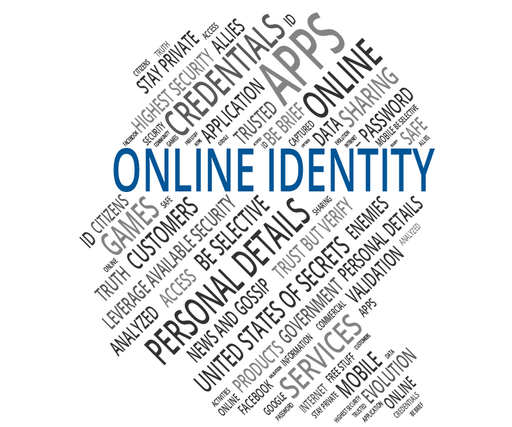
One of the goals of this course is to help you develop not just digital literacy but digital fluency.
A person literate in a given language is able to read and understand, whereas a person fluent in that language will be able to think flexibly and combine words and concepts creatively in order to communicate. There has been a movement towards teaching digital fluency at many educational institutions lately, one part of which involves understanding how to create and curate what the internet knows about you.
Today — BEFORE we register for a domain or start putting too much content up in public — we are going to talk about your online presence and what to know in order to feel confident about your data and image on the internet.
As discussed last time, a central tenet of the digital humanities community is sharing, which is one of the three principles Brian Croxall outlined in his crash course on digital identities you watched for today. In that spirit, we are going to “borrow” great ideas and materials today, from Brian, the contributors to a recent panel on “Going Public” at the MLA, and others.
In-Class Exercises
Google Yourself
- Google yourself on your own device.
- Ask your partner to Google you on theirs.
- Compare results.
- Switch and do the same for your partner.
- Discuss!
h/t Jacinta Yanders, Going Public: How and Why to Develop a Digital Scholarly Identity
Take Control of Your Identity
- Make a copy of the Taking Control of Your Data worksheet and save it in your personal folder.
- Fill out Part 1 with your self-reported data
- Discussion: do your search results match the version of you you’d like to be publicly available?
- Fill out Part 2 with your administrative data
- Discussion: what does your phone (and the company’s that have access to it) know about you?
- Fill out Part 1 with your self-reported data

